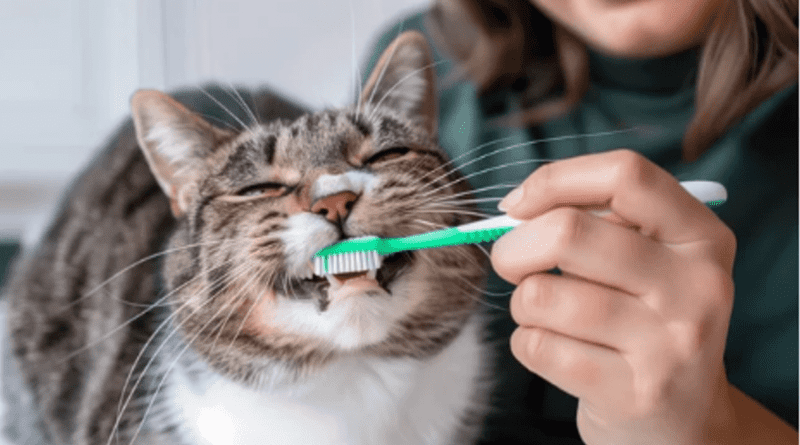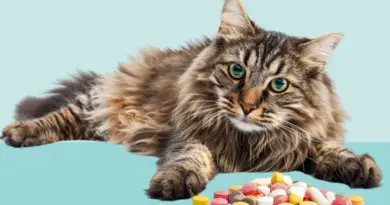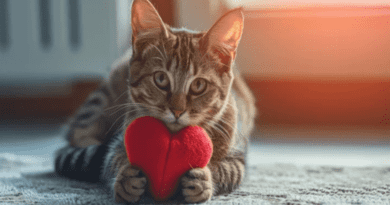Dental Care for Cats
Feline dental health is often overlooked, despite its critical role in the overall well-being of cats. Just like humans, cats require regular dental care to prevent plaque, tartar buildup, and various oral diseases that could lead to pain, infection, and even systemic health problems. Neglecting oral hygiene can result in conditions such as gingivitis, periodontal disease, and tooth resorption, which can significantly affect a cat’s quality of life. In some cases, untreated dental problems may lead to severe complications, such as kidney, liver, or heart disease. Providing proper dental care not only helps maintain your cat’s oral health but also ensures a longer, healthier life.
Understanding the importance of dental hygiene and knowing how to manage it can prevent a host of problems. This article will explore essential aspects of feline dental care, from identifying symptoms of dental issues to preventive measures and treatments that keep your cat’s mouth healthy.
The Anatomy of a Cat’s Mouth
Cats have a set of 30 adult teeth, which they use for biting, chewing, and tearing food. Each tooth plays a unique role. Their sharp, canine teeth help catch prey and tear meat, while their molars grind food. A thin layer of plaque constantly forms on these teeth, and if not removed, it hardens into tartar, causing inflammation and other oral diseases. The gums can also suffer, leading to more severe conditions, such as periodontitis.
Common Dental Issues in Cats
- Gingivitis:
Gingivitis refers to the inflammation of the gums, often caused by plaque accumulation. A cat with gingivitis may have red, swollen, or bleeding gums, which can make eating uncomfortable. If left untreated, it can advance to more severe dental conditions. - Periodontal Disease:
This disease is a progression of gingivitis, where inflammation reaches deeper into the gums, affecting the tissues and bones that support the teeth. Cats may suffer from tooth loss or oral infections if this disease isn’t treated promptly. - Tooth Resorption:
Tooth resorption is a painful condition where the body starts breaking down and absorbing the tooth structure. It affects many cats, especially as they age. Owners may notice their cats eating less or showing signs of pain, such as pawing at the mouth. - Stomatitis:
Stomatitis is a severe, painful inflammation of the entire oral cavity, sometimes linked to the immune system overreacting to plaque on the teeth. Cats with stomatitis experience extreme discomfort, often leading to weight loss due to an inability to eat.
Signs Your Cat May Have Dental Issues
Recognizing early signs of dental problems is essential for prompt treatment. Cats hide pain well, but certain behavioral changes and physical signs can indicate an issue:
- Bad breath
- Drooling or excessive salivation
- Difficulty chewing or eating, especially hard foods
- Pawing at the mouth or face
- Red, swollen, or bleeding gums
- Yellow or brown tartar buildup on teeth
- Tooth loss or loose teeth
- Visible pain when touched around the mouth
Owners must seek veterinary care immediately if these symptoms arise, as untreated dental problems can escalate quickly.
Prevention and Routine Dental Care
- Regular Brushing:
The most effective way to prevent dental disease is by brushing your cat’s teeth regularly. Use a cat-friendly toothbrush and toothpaste, as human toothpaste contains ingredients harmful to cats. Start brushing gradually, making the experience positive by offering treats and praise. Daily brushing is ideal, but even brushing a few times a week can significantly reduce plaque buildup. - Dental Diets and Treats:
Some cat food brands and treats are designed specifically for dental health. These products help reduce tartar and plaque by scraping the teeth as the cat chews. Look for products approved by veterinary dental organizations for effectiveness. - Dental Chews and Toys:
Dental chews and toys encourage natural chewing behaviors while helping to keep teeth clean. These products promote mechanical cleaning of the teeth and gums, reducing plaque and tartar accumulation. - Regular Veterinary Check-ups:
Routine dental exams are vital in detecting problems early. During these visits, veterinarians check for signs of dental disease and may recommend a professional cleaning, which involves scaling, polishing, and sometimes extractions. Your vet may also perform dental X-rays to assess any issues below the gum line. - Water Additives and Oral Gels:
Several products, such as water additives and oral gels, can supplement a cat’s dental care routine. These products are easy to administer and help maintain a clean oral environment by preventing bacteria buildup.
Treatment of Dental Diseases
If your cat has developed dental disease, treatment becomes necessary to relieve discomfort and prevent further complications. Treatments vary depending on the severity of the disease:
- Professional Cleaning: Vets perform dental cleanings under anesthesia to thoroughly remove plaque and tartar from both above and below the gum line.
- Extractions: Severely damaged or decayed teeth may need removal. This process relieves pain and prevents infection from spreading.
- Medications: Antibiotics and pain relievers may be prescribed to manage infections and provide comfort during recovery.
- Advanced Treatments: For severe conditions like stomatitis or tooth resorption, more specialized treatments may be needed, which might include surgical intervention or immunotherapy.
Maintaining your cat’s dental health requires a proactive approach. Regular at-home care, combined with professional veterinary attention, ensures that your cat remains free from painful and potentially dangerous oral diseases. Feline dental health is closely linked to overall wellness, and by implementing a routine dental care regimen, you can prevent many common issues before they arise. Regular brushing, proper diet, and regular check-ups stand as the pillars of preventive care, ensuring your feline companion enjoys a long, healthy, and pain-free life.
Investing time and effort into your cat’s dental care not only enhances their quality of life but also extends their years, allowing you to share more memories with your beloved pet.




